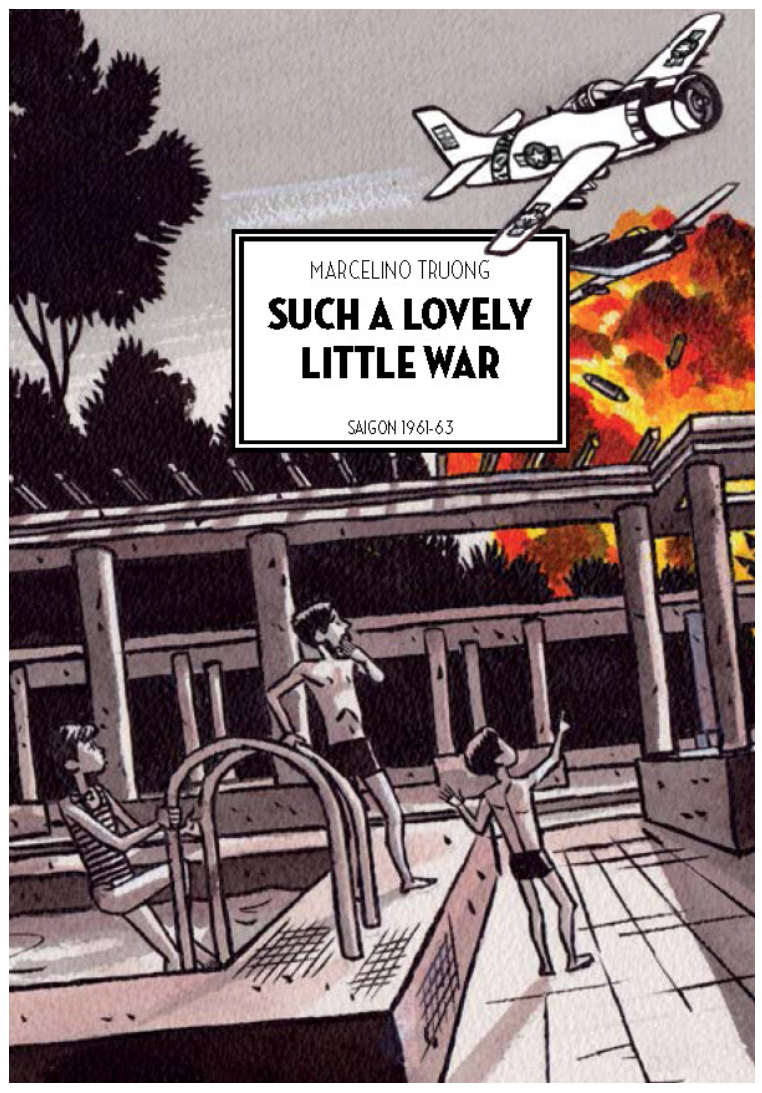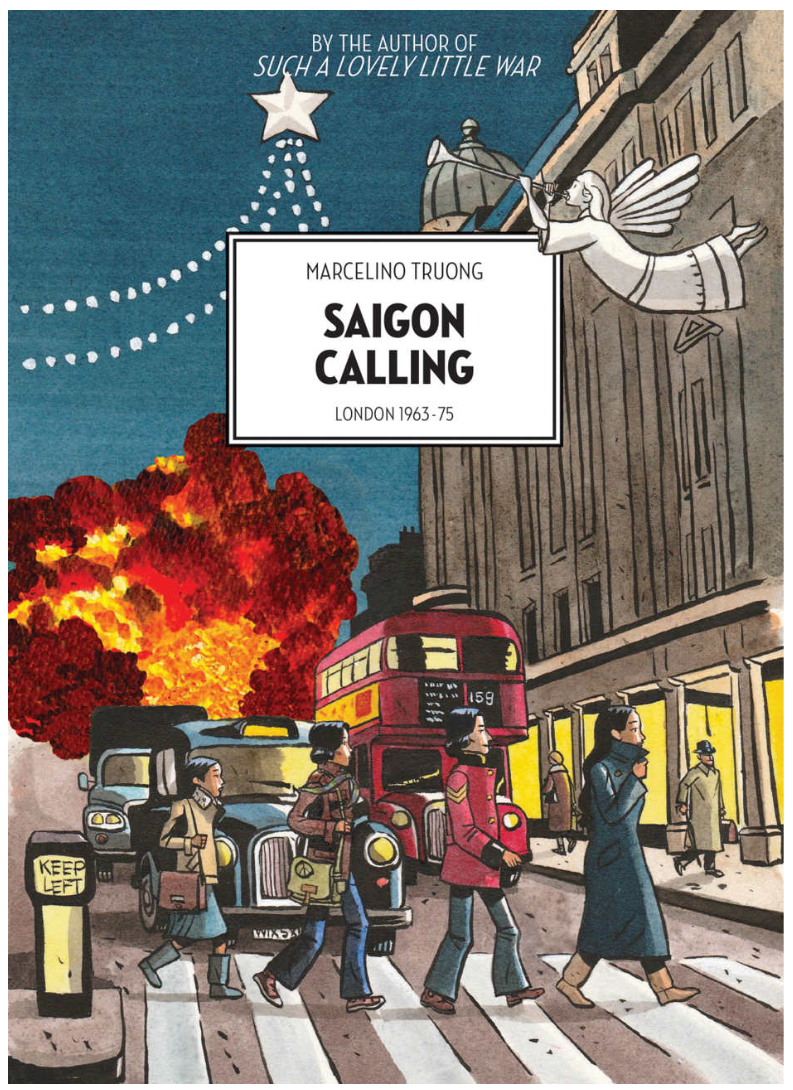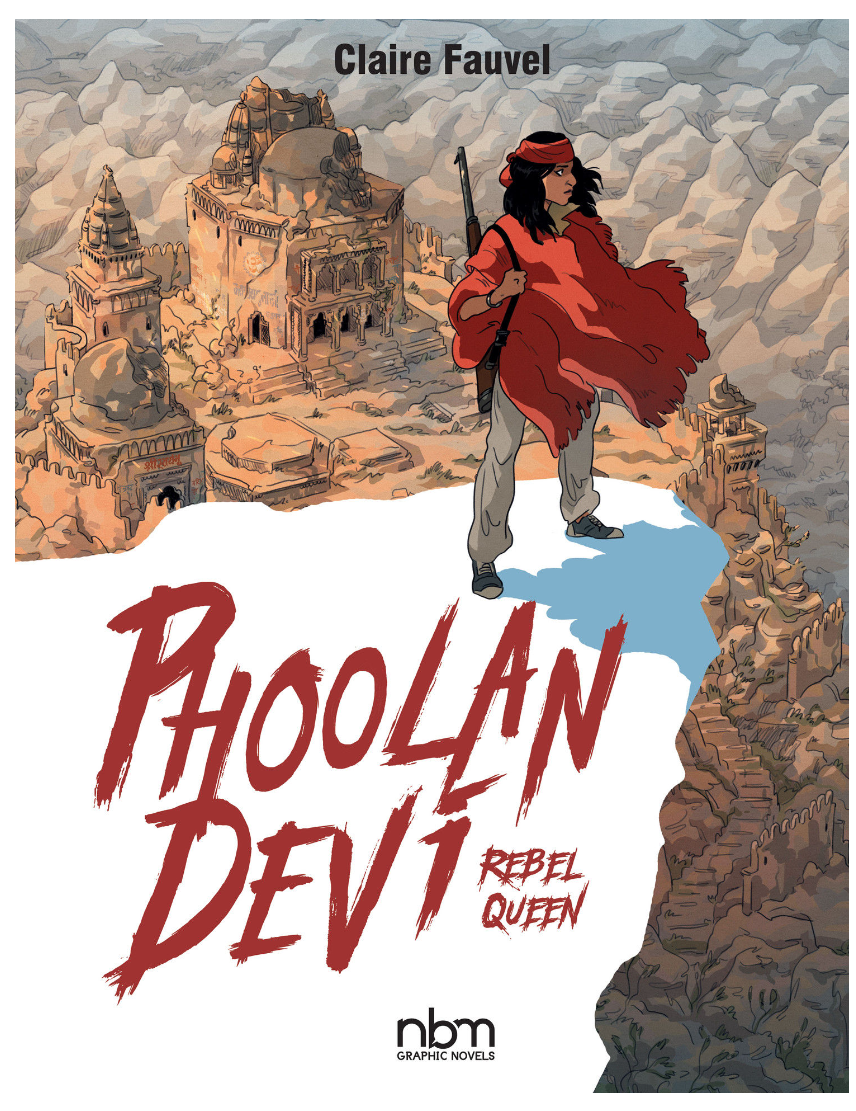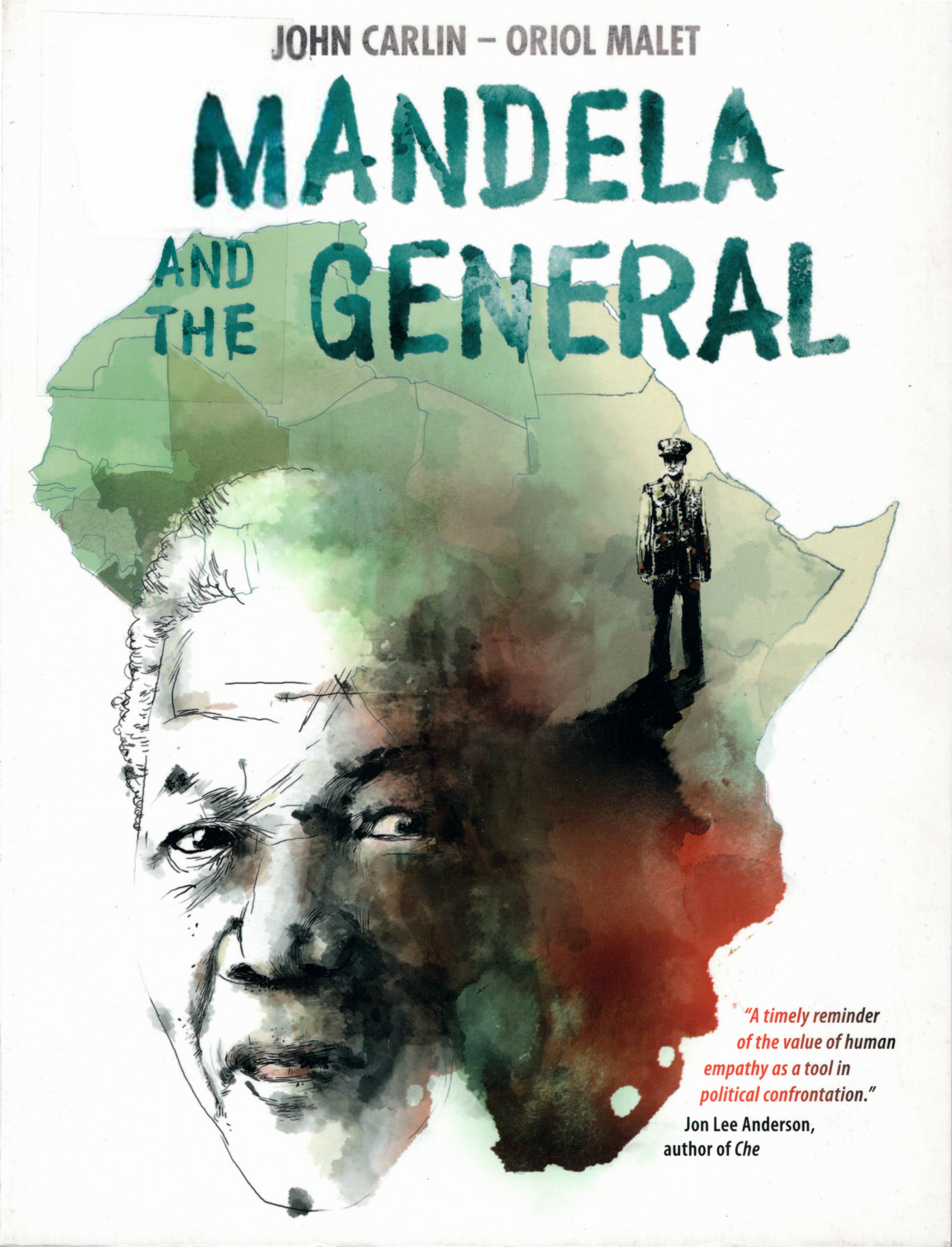This site is funded by purchases made via affiliate links. There is no additional charge to you. Thank you.
Such A Lovely Little War: Saigon 1961-63
Written and Illustrated by Marcelino Truong
Marco lives with his family in Washington DC in 1961, the early years of America’s involvement in Vietnam. His father is a diplomat at the South Vietnamese embassy. He and his older brother, Domi, live in a neighborhood where their appearance is different and as such are called “commies”. The boys explain that they are South Vietnamese and don’t like commies either, but that point is lost. Kids don’t care and Marco and his brother Domi play war games with the other boys anyway.
The family is then called to Saigon where Marco’s father, Khanh eventually becomes the interpreter for then Prime Minister Diem. This affords the author insight by way of his father’s contribution’s to the story that are compelling and intriguing.
And this is the constant perspective of the author. As an adult, he is very well aware of the history of the war as it is thoroughly researched and documented in this fantastic book, but he aptly and capably provides a voice of a young child who has not real choice in the places he lives or the things he hears and sees.
The book ends with observations on the current state of Vietnam. As communism is actually an economic state and not a political philosophy, Vietnam is an authoritarian, monolithic red capitalist state. Millions died under the promise of liberation form corruption, only to see the same in another variation.
Saigon Calling: London 1963-75
Written and Illustrated by Marcelino Truong
The sequel to Such a Lovely Little War, Saigon Calling follows the family as they leave Vietnam after the assassination of Prime Minister Diem. The father, Khanh, leaves his diplomatic post and refuses offers to return to Vietnam due to his wife’s increasingly frail mental state. The family suffers economically as a result.
As in the first book, we see the first hand account from the children as they adapt their lives to a new city, country and culture. The challenges they face being different and having a mentally ill mother. And, the constant stress of having paternal grandparents living in Saigon as the war worsens.
The narrator, Marco, grows into a young adult, attends university, and his views take his unique perspective. The story follows his siblings as well.
As in Such a Lovely Little War, we get a historical accounting of events in the war and cultural interpretations as only someone of Vietnamese heritage could share.
Written and Illustrated by Claire Fauvel
In India, Hinduism’s founding texts divide society into four castes. At the top are the Brahmins (priests) followed by the Kshatriyas (warriors) and the Vaishyas (merchants). At the bottom are the Shudras (servants). Lastly, even excluded from the system, are the Dalits (the untouchables) doomed to the lowest forms of work and life.
Phoolan Devi is a girl belonging to the Shudra caste. From an early age, her family was cheated and demeaned by others in the village. In rural India, there is very little protection for those of a lower caste and in particular, females.
She resists her lot in life which causes problems for the family and is married away at 11. She is raped and leaves the man, but carries the associated shame of breaking the union.
Things continue to worsen for Phoolan until she is exiled and joins a gang of bandits. Her motivation is not for riches, in fact she shares her plunder with the poor, but for revenge. Anger drives her to commit the acts that eventually land her in jail, but win the hearts of the people.
Written by John Carlin Illustrated by Oriol Malet
Adjectives of greatness are readily dispensed in our content burdened hours of consciousness. Creators simply run out of words to use when selling, praising, promoting, or associating. Soon, everything and everyone is just, well, great.
There is a different stratum for true examples of exception throughout history and it is reserved for individuals placed by choice or fate in intractable situations who place everything, including life, in jeopardy to do the right thing.
Mandela and the General is a story of two such men. South Africa, 1964, Nelson Mandela is sentenced to life in prison for the crime of sabotage and conspiracy to violently overthrow the government. He would remain there for 27 years. The story begins at this point as we are introduced to twin brothers Braam and Constand Viljoen. The former tends the family farm while the latter is a celebrated military man rapidly rising in rank. Through way of perfectly executed exposition we learn that Braam is sympathetic to the plight of the black population living under conditions of apartheid while Constand feels his role is to protect the white way of life and justifies it by way of associating the resistance with communism. We also see religion’s role to rationalize the system as God’s order and to assuage any white guilt over a very ungodlike social structure.
In this time communism was a catch all label used to justify any overtly unlawful and violent acts of war and Constand is sent to fight the red menace in neighboring African countries. We see the realities of war change the man as he realizes those he fights are not communists, but men fighting oppression, poverty and corruption.
The general retires and in five years, due to international and domestic pressure, Mandela is released. All hell breaks loose but what transpires between the two apparent enemies in a series of discreet meetings, arranged by Mandela through the identical twin Braam, saves the country from total destruction.
Viljoen is written here as a man who, over the sageness of age, becomes a moderate voice for peace and progress. He helps broker a peaceful transition to democracy in South Africa. He also comes to realize who he is dealing with in this former prisoner and current adversary.
Nelson Mandela, was, without qualification, a great man. This narrative gives the reader a glimpse into this singular example of intelligence, humanity, integrity and leadership. It is difficult to be unmoved as one learns about this incredible human being.
The fantastic illustrations are in flat, simple tones that set the symbolic contrast of black and white and are accented with splashes and flashes of color. It is an inspiring read and if you will allow me, a great one as well.
Written by Fabien Nury Illustrated by Bruno
Slavery as a contemporary subject matter is sidled with righteous anger over the inhumanity and cruelty of the very act as well as self-righteous posturing from those who enjoy the benefit of being a hundred and fifty plus years removed. In my view it is difficult to stomach those who are somehow so certain they would have acted differently when placed in the same circumstance. While the unqualified villains here are the slave owners, the book takes a fair and human look at everyone involved.
Prisoners of war are traded and sold as slaves by victorious tribal kings, this implicating them in the enslavement of their own people while a ruthless and self-loathing pirate of implied interracial makeup is as cruel to his captured cargo as he is ruthless to those he has pirated.
Atar Gull is royalty of a vanquished tribe and as a captor, is auctioned to the captain of a slave ship bound for France, when it is hijacked at sea. The pirate captain is a vile but cunning and resourceful and makes his way to Jamaica where he sells what is left of his “ebony wood” cargo to sugar plantation owners. The notion that human beings are property is justified as necessary in the higher pursuit of commerce.
There is something else about Atar Gull: he is a superman. Possessing both extraordinary strength and intellect, he devises a plan to bring complete and total ruin to his owner and he is patient, ruthless and unburdened by regret of loss in his pursuit.
Illustrated in a flat, limited color palette with lots of black ink for contrast and depth. The artwork is perfect for the story.
Atar Gull is a story you won’t read just once.




